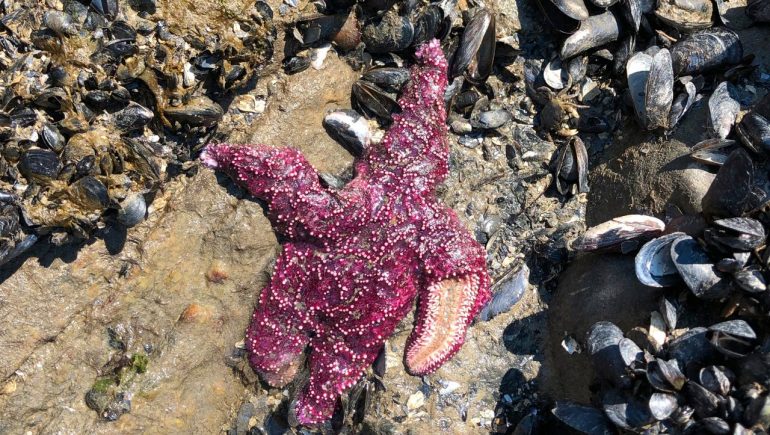Christopher Harley is a marine biologist at the University of British Columbia in Vancouver, Canada. There he deals with the effects of climate change on coastal waters. When weather forecasters recently announced a heat wave for the Pacific Northwest of the United States and Canada, Harley said he began to wonder: what the declared extreme temperatures would do to organisms that were exposed to low tides. Live in the fringe areas coming in. ?
A few days later he got his answer – and it was now as frightening as the researcher Reported in the New York Times. The first thing he saw was the smell, the smell of rot. He saw countless dead sea animals, especially mussels and starfish. “The more I walked and the more I looked, the more serious things got,” Harley said. “It just went on and on.”
Mussels, an ecologically important species, were particularly affected by the organisms’ shells partially open as they ripened. Harley is now working on an estimate of how many mussels have died from the heat. For him, however, there is no doubt that there are many millions. Other living things such as barnacles, hermit crabs and other crustaceans, various insects, such as small sea cucumbers are also extensively affected. The researcher now wants to investigate their fate in a detailed study. His initial conclusion: “It feels like being in one of those post-apocalyptic movies.”
Harley also reported that the clams held the heat better on the shady north side of the rocks. The fauna of the intertidal zone is usually strong. But if the heat phases follow each other too quickly, the species does not have enough recovery time.
fish carried by tanker
In the western United States, experts also worry about the fate of freshwater fish. These animals are also greatly troubled by extreme heat, as it also increases the water temperature in inland rivers and lakes. So the rare salmon was caught exclusively on the Snake River in the state of Idaho and brought by tanker to rearing stations. There, their survival conditions must be optimally designed – until the people responsible can decide how the animals will move.
California also has problems with very high water temperatures, for example for salmon, which, due to the Shasta Dam on the Sacramento River, can no longer migrate to the Pacific and instead lay eggs there. Biologists fear that 90 percent of eggs and young animals may die because it is too hot.
Recently, it was said that there should be a slight drop in temperature in the heat-affected areas. However, it should remain very hot in the coming days. Recently there were widespread problems with wildfires in the region, including not far from California’s Yosemite National Park. A quick study by the World Weather Attribution Group last week suggested that a heat wave in the US would be “nearly impossible” without climate change.

Devoted web advocate. Bacon scholar. Internet lover. Passionate twitteraholic. Unable to type with boxing gloves on. Lifelong beer fanatic.





